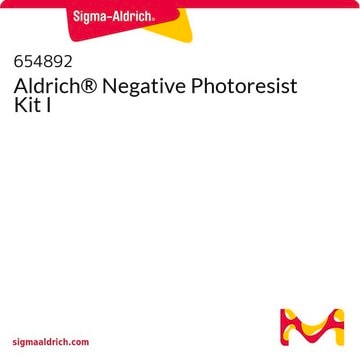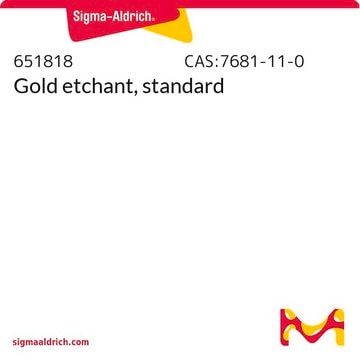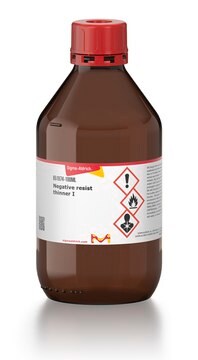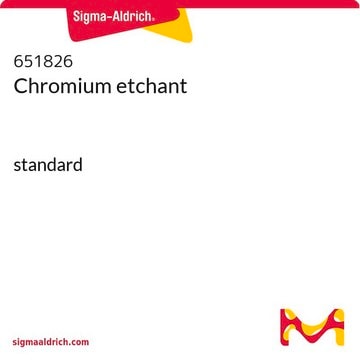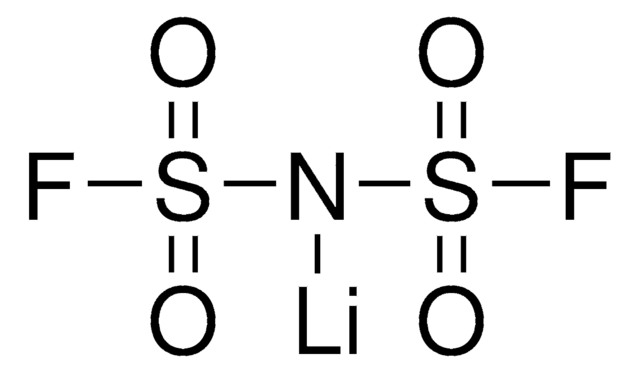About This Item
Polecane produkty
masa cząsteczkowa
average Mw 60,000-70,000 (polyisoprene)
skład
solids, 27-29 wt. %
stała dielektryczna
2.4
napięcie powierzchniowe
29.2 dyn/cm
lepkość
465-535 cP(25 °C)
tw
122-142 °C (lit.)
gęstość
0.89 g/mL at 25 °C (lit.)
λmaks.
310-480 nm
temp. przechowywania
2-8°C
InChI
1S/C14H28O2/c1-4-5-6-7-8-9-10-13-15-11-14(2,3)12-16-13/h13H,4-12H2,1-3H3
Klucz InChI
UBZVSDZJBLSIJG-UHFFFAOYSA-N
Powiązane kategorie
Opis ogólny
Hasło ostrzegawcze
Danger
Zwroty wskazujące rodzaj zagrożenia
Zwroty wskazujące środki ostrożności
Klasyfikacja zagrożeń
Acute Tox. 4 Dermal - Acute Tox. 4 Inhalation - Aquatic Chronic 3 - Asp. Tox. 1 - Eye Irrit. 2 - Flam. Liq. 3 - Repr. 1B - Skin Irrit. 2 - STOT SE 3
Organy docelowe
Respiratory system
Kod klasy składowania
3 - Flammable liquids
Klasa zagrożenia wodnego (WGK)
WGK 3
Temperatura zapłonu (°F)
75.2 °F - closed cup
Temperatura zapłonu (°C)
24 °C - closed cup
Środki ochrony indywidualnej
Eyeshields, Faceshields, Gloves, type ABEK (EN14387) respirator filter
Certyfikaty analizy (CoA)
Poszukaj Certyfikaty analizy (CoA), wpisując numer partii/serii produktów. Numery serii i partii można znaleźć na etykiecie produktu po słowach „seria” lub „partia”.
Masz już ten produkt?
Dokumenty związane z niedawno zakupionymi produktami zostały zamieszczone w Bibliotece dokumentów.
Protokoły
Photoresist kit offers pre-weighed chemical components for lithographic processes, with separate etchants for various substrate choices.
Nasz zespół naukowców ma doświadczenie we wszystkich obszarach badań, w tym w naukach przyrodniczych, materiałoznawstwie, syntezie chemicznej, chromatografii, analityce i wielu innych dziedzinach.
Skontaktuj się z zespołem ds. pomocy technicznej